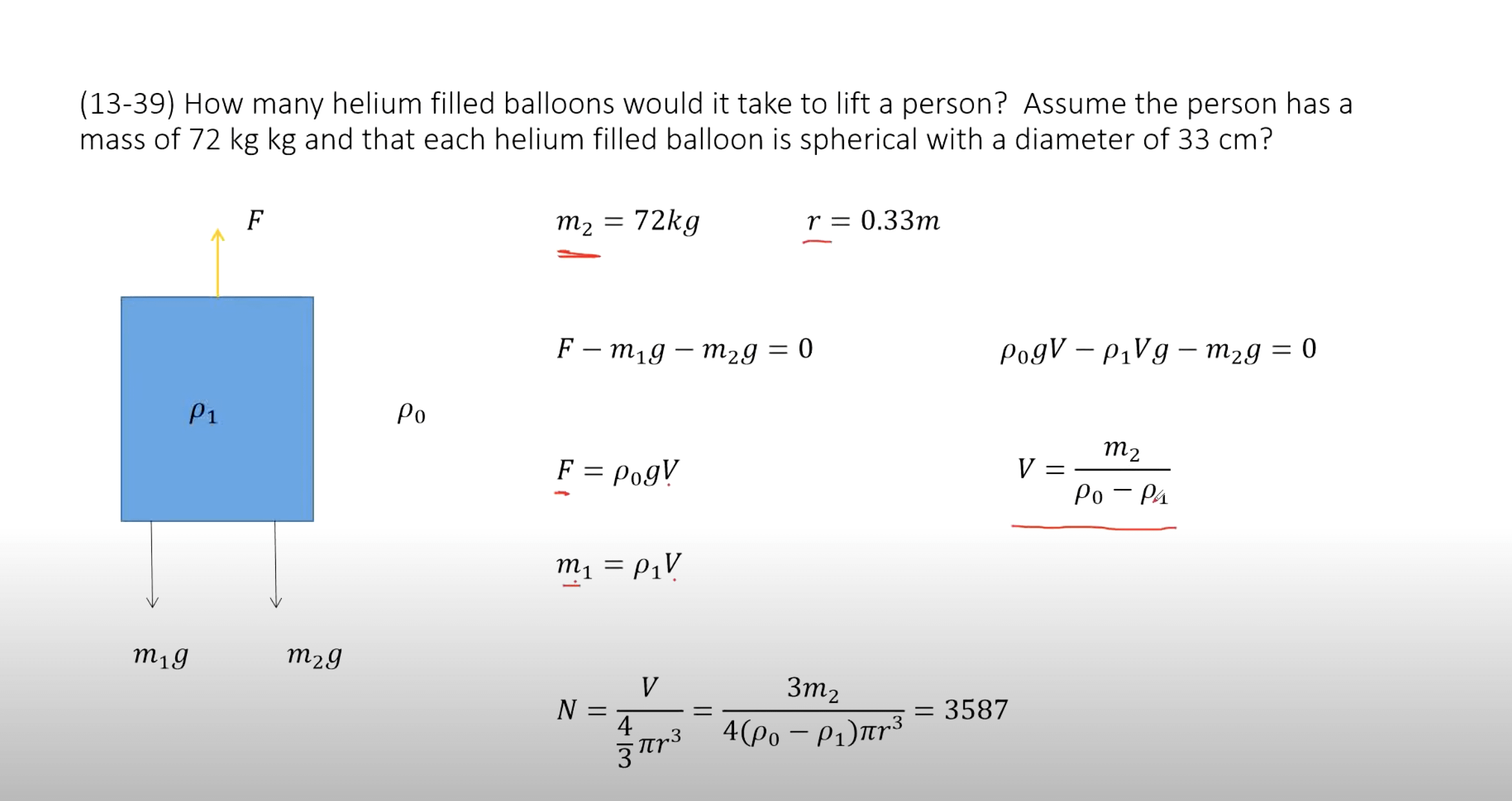Okay, so the other day I got this question stuck in my head: exactly how much helium does it take to lift one pound? You see stuff floating all the time, but I wanted to figure it out hands-on. Not just look up some number, you know? I like tinkering and seeing things for myself.

Getting Started
First thing, I needed helium. Couldn’t just grab any old party balloon tank, figured I needed a bit more control, maybe something purer? Ended up getting a small cylinder from a local supplier, the kind welders sometimes use, but filled with helium. Seemed like the most straightforward way.
Then, the one-pound weight. This was easier. Went to my kitchen scale, found a bag of sugar, and measured out exactly one pound. Put it in a ziplock bag to keep it tidy and easy to attach.
Next up, the balloon. This was tricky. A regular party balloon? Probably too small, and might pop. A weather balloon? Maybe overkill and hard to get. I rummaged around my workshop and found some large, fairly sturdy plastic bags. Decided to try one of those first, figured I could seal it up somehow.
The Experiment Mess
So, I took the plastic bag, hooked up the nozzle from the helium tank – very carefully, mind you, didn’t want it shooting off. Started filling it slowly. It’s kinda cool watching it inflate, knowing it’s helium and not just air.
Filled it up quite a bit. It got pretty big. Then came the fiddly part: sealing it without losing too much helium. Used a good bit of duct tape, trying to make it airtight. Looked a bit clumsy, but hey, it’s a home experiment.

Then, I attached my one-pound bag of sugar using more tape and some string. Made a little harness for the baggie.
Moment of truth. I held the whole contraption. Did it feel lighter? Yeah, definitely buoyant. But when I let go… it didn’t exactly shoot to the ceiling. It kinda hovered, then slowly sank back down. Drat.
Adjustments and Figuring It Out
Okay, so that bag wasn’t big enough, or maybe my sealing job leaked too much. Back to the drawing board. I decided to try filling it even more. The bag got really taut this time, almost felt like it would burst.
Sealed it again, attached the sugar again. This time? Success! It lifted off the ground. Slowly, but it definitely floated upwards. It wasn’t zooming up, but it had positive lift.
So, how much helium was that? Eyeballing it is tough. The bag was pretty big, maybe like 3-4 feet across when inflated? It wasn’t a precise measurement, obviously. It felt like quite a bit of volume.

- Got the helium tank.
- Measured out exactly 1 pound of sugar.
- Used a large plastic bag as my “balloon”.
- Filled the bag slowly with helium.
- Sealed the bag (tough part!).
- Attached the weight.
- First attempt failed, bag wasn’t full enough or leaked.
- Second attempt, filled the bag much more.
- It finally lifted the 1 pound!
What I Reckon
It takes a fair amount of helium, volume-wise, more than you might think just looking at party balloons lifting strings. That bag was pretty decently sized by the time it lifted the pound. It’s not like you fill a basketball with helium and it lifts a pound, not even close. You need a good volume of the stuff. Doing it yourself really puts it into perspective compared to just reading numbers. It’s about displacement, you know? The helium has to push aside enough air weight to overcome the pound plus the weight of the balloon itself. Simple physics, but cool to see in action in the garage.
